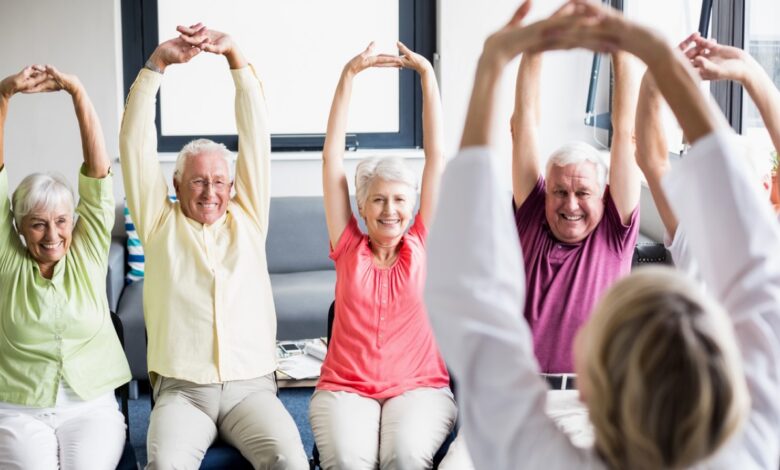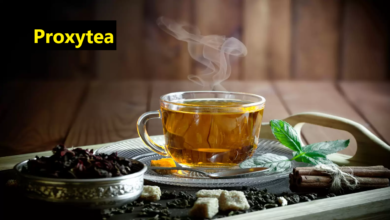Staying Active and Engaged in Senior Living Communities

Key Takeaways:
- Participating in physically and mentally stimulating activities is crucial for seniors’ well-being.
- Senior living communities offer various activities tailored to residents’ interests and abilities.
- Social connections and structured activities can significantly improve quality of life.
- Technology and modern amenities play a growing role in senior engagement.
- Regular participation in activities can improve older adults’ health outcomes.
The Importance of Staying Active
The advantages of seniors maintaining both physical and mental activity are extensively recorded. Engaging in regular activities promotes improved physical health, decreases the likelihood of chronic illnesses, and boosts cognitive abilities. According to a report from the CDC, consistent physical activity can mitigate some of the declines associated with aging. In communities like Sarasota Assisted Living, structured programs ensure residents remain active and engaged. These activities are not just a means to pass the time; they provide essential health benefits, enhancing both physical and mental well-being. Staying active helps seniors maintain their independence and enables them to perform daily tasks more effectively.
Variety of Activities Offered
Senior living communities often provide a diverse range of activities specially designed to keep residents engaged and motivated. These might include exercise classes, arts and crafts sessions, music therapy, and educational workshops. An article on WebMD notes that creativity-based activities can significantly improve mental well-being and cognitive function. Offering a variety of activities ensures there is something for everyone, regardless of their interests or physical abilities. This variety helps keep life interesting and fulfilling, preventing boredom and promoting mental sharpness.
Physical Activities
Numerous senior living communities provide a variety of physical activities, including yoga, tai chi, and water aerobics. These activities offer both enjoyment and benefits by assisting seniors in preserving flexibility, strength, and balance. Led by expert instructors familiar with older adults’ specific requirements, regular exercise classes are designed to be inclusive, catering to individuals of all fitness levels. Engaging in physical activities is vital for sustaining mobility, mitigating fall risks, and enhancing cardiovascular health.
Mental Stimulation
Ensuring cognitive health requires mental stimulation as well. Senior living communities often feature activities such as puzzles, reading groups, and memory games, all aimed at challenging the brain and maintaining sharpness, which is crucial for staving off cognitive decline. These mental exercises not only bolster memory and problem-solving abilities but also foster creativity. Consistent participation in intellectually stimulating activities can also prevent the onset of dementia and Alzheimer’s disease.
The Role of Social Connections
Building and maintaining social connections is another critical aspect of senior health. Engaging with peers through group activities can stymie feelings of isolation and loneliness. Communities often facilitate these connections through organized social events, clubs, and outings. These interactions promote a sense of belonging and improve overall mental health. Social engagement can lead to lasting friendships, providing emotional support and decreasing the risk of depression. The sense of community and inclusiveness found in senior living environments enhances residents’ quality of life significantly.
Group Activities
Group activities such as singing, dancing, and board games are common in senior living communities. These activities provide a platform for residents to interact and form bonds with one another. Shared experiences nurture a sense of community and make socializing enjoyable. Participating in group activities also encourages teamwork and cooperation, skills that are valuable at any age. Additionally, these activities can be a great source of laughter and joy, which are essential for mental well-being.
Volunteering Opportunities
Engaging in volunteer work can offer seniors a fulfilling opportunity to contribute to the community. Numerous senior living communities provide chances for residents to volunteer in diverse roles, ranging from assisting in communal gardens to coordinating events. Volunteering not only helps others but also provides a sense of purpose and fulfillment. It allows seniors to remain active contributors to society, improving their self-esteem and overall happiness. Engaging in volunteer work can also introduce seniors to a broader social network, further expanding their circle of friends.
Leveraging Technology in Senior Living
Modern technology is increasingly being integrated into senior living communities to enhance the resident experience. Virtual reality, for instance, is being used for everything from travel experiences to cognitive therapy. Wearable technology can also be helpful in tracking physical activity and ensuring seniors stay active. These technological advancements ensure that seniors can enjoy a variety of experiences without leaving the comfort of their community. Technology provides new avenues for engagement, learning, and recreation, making life more enjoyable and stimulating for seniors.
Health Benefits of Regular Activity
Consistent participation in physical and mental exercises can lead to numerous health benefits. These include improvements in mobility, strength, and overall cognitive function. The National Institute on Aging highlights that regular exercise can help manage and prevent chronic conditions like diabetes and hypertension. Additionally, regular activity can improve mental health by reducing symptoms of depression and anxiety. Physical activity triggers the release of endorphins, natural mood enhancers, while also alleviating stress. Sustaining an active lifestyle can additionally enhance immune function, assisting seniors in better-combating illnesses.
Engagement Through Modern Amenities
Many senior living communities are outfitted with amenities that promote an active and engaged lifestyle. This might include fitness centers, swimming pools, libraries, and art studios. These amenities provide a resource-rich environment where seniors can pursue a variety of interests and hobbies. Having access to diverse facilities encourages residents to try new activities, fostering a sense of adventure and curiosity. Contemporary amenities are tailored to meet the requirements of seniors, offering secure and easily accessible choices for recreation and relaxation.
Fitness Centers and Pools
Having access to fitness centers and pools allows residents to engage in various physical activities. For instance, swimming is an excellent, low-impact exercise suitable for seniors. Fitness centers equipped with modern equipment provide a safe environment for seniors to exercise under supervision. These facilities often offer specialized classes tailored to senior fitness needs, ensuring that everyone can participate safely and effectively. The availability of fitness centers and pools encourages regular physical activity, contributing to better overall health.
Creative Spaces
Spaces dedicated to creativity, like art studios or craft rooms, inspire residents to delve into their artistic talents. Involvement in creative pursuits can be therapeutic and uplifting, fostering feelings of achievement and happiness. These areas frequently facilitate group classes and workshops, enabling residents to acquire new skills and methods. Engaging in creative pursuits can sharpen mental agility, elevate self-assurance, and bring about a profound sense of fulfillment. The ability to express oneself artistically serves as a potent instrument for emotional and psychological wellness.
Conclusion
Maintaining activity and involvement is exceedingly crucial for seniors residing in communal environments. By participating in a variety of activities, leveraging modern technology, and fostering social connections, seniors can experience a better quality of life. Regular engagement in physical and mental exercises leads to numerous health benefits, including improved mobility, strength, and cognitive function. Senior living communities must continue evolving, providing residents with the tools and opportunities to stay healthy and happy. By creating an environment that promotes activity and engagement, senior living communities can ensure their residents lead fulfilling and joyful lives.




